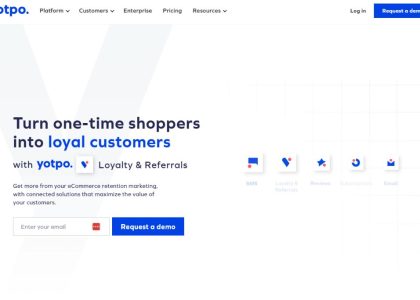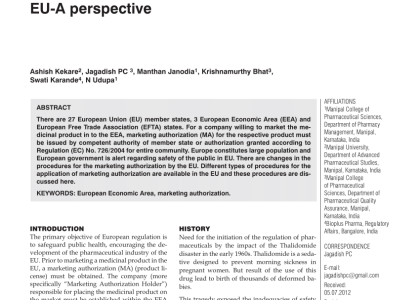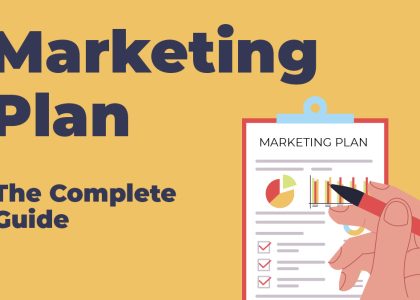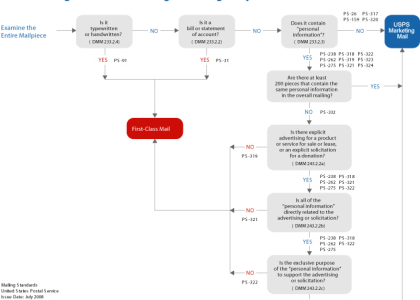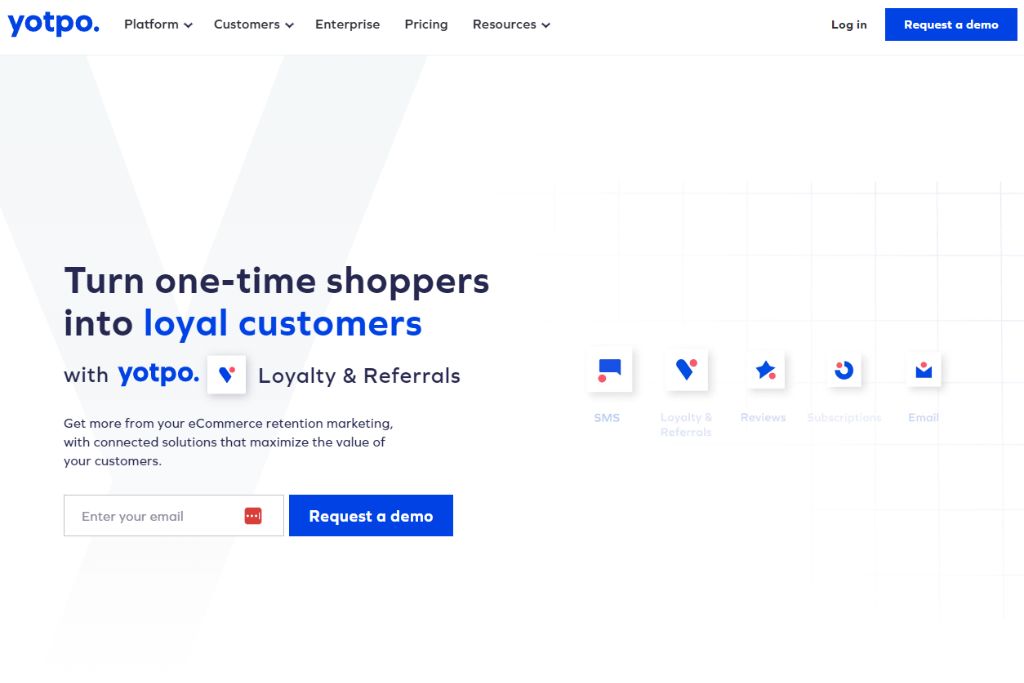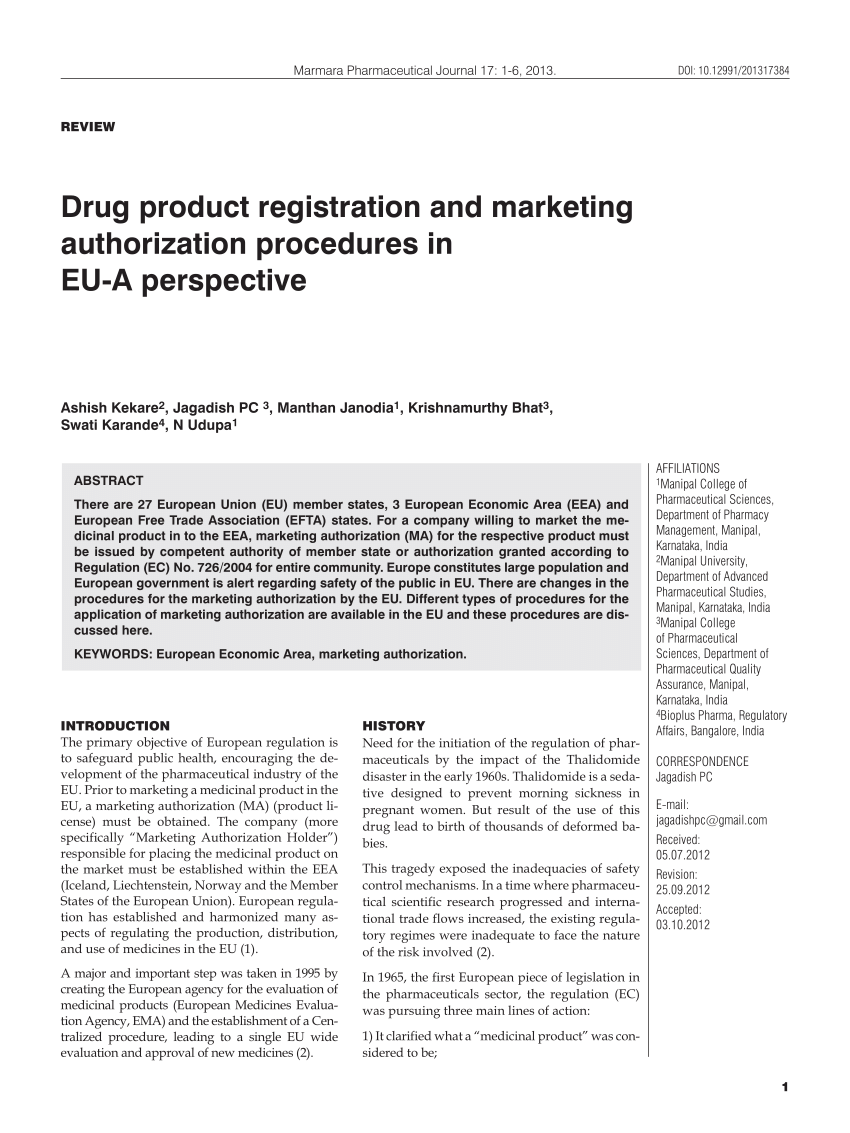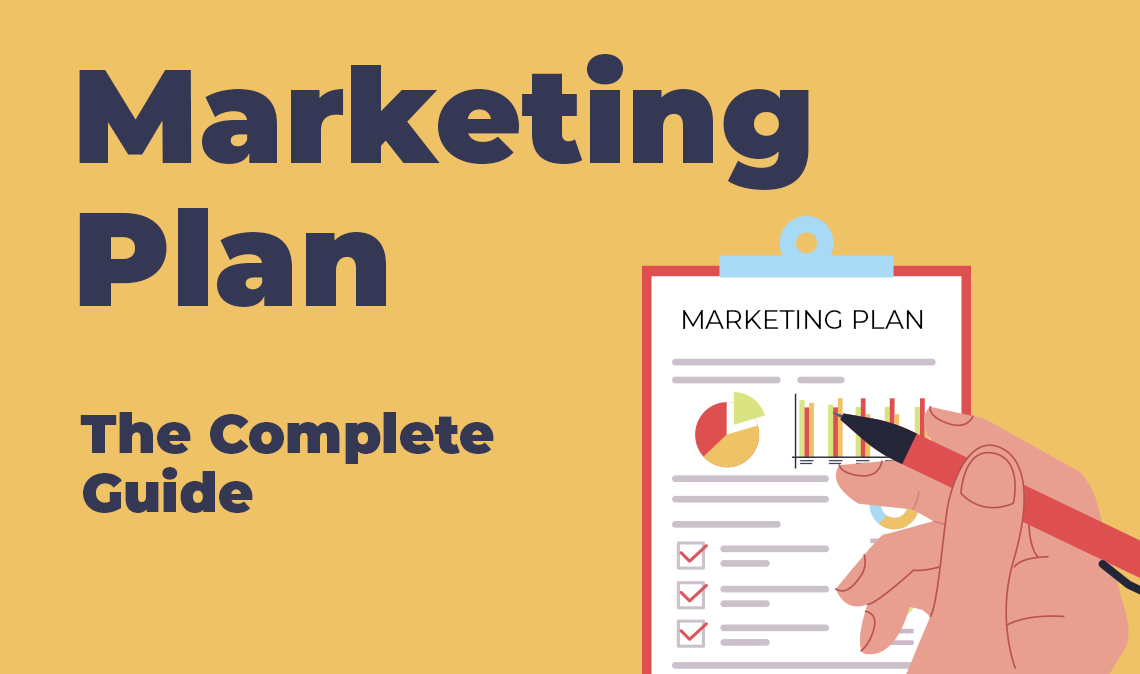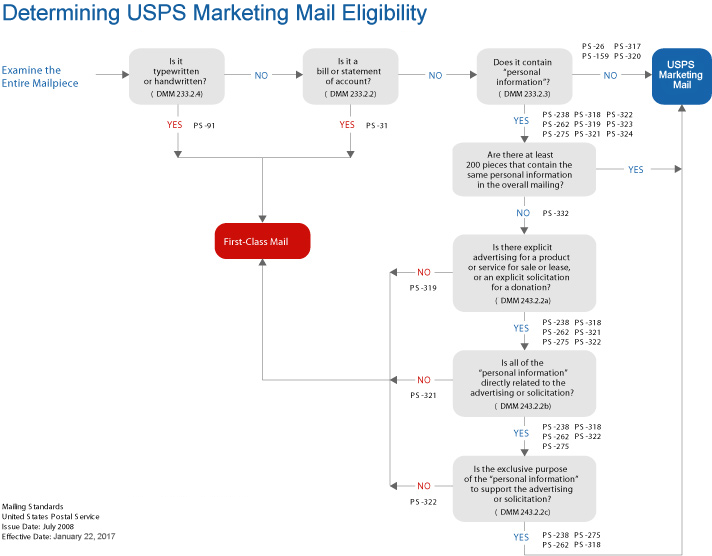In the vast universe of marketing, one element that has stood the test of time, proving itself to be vital in creating successful campaigns, is copywriting. This art of crafting persuasive text that encourages people to take a particular action holds the power to make or break your marketing efforts.
It’s no secret that well-curated copy can spark interest and stimulate engagement among potential customers, but understanding its underlying intricacies might appear challenging. This article aims to delve deep into the significance of copywriting in marketing, taking you through its definition, the crucial role it plays, and successful strategies used by professionals in the industry.
Often misunderstood or oversimplified, copywriting in a marketing context goes beyond merely jotting down words on paper. It requires a profound understanding of the product, the audience, and the market dynamics to create compelling text that can effectively sway consumers’ decisions. Our discussion here will illuminate how essential copywriting is for a diversified and robust marketing strategy.
There are as many strategies in copywriting as there are products to sell, and recognizing the most effective ones for your business can have a significant impact on your returns. We will also explore these tried-and-true copywriting strategies in detail, thereby arming you with the knowledge needed to make your next marketing endeavor a resounding success.
Comprehending the Concept of Copy in the Domain of Marketing
Within the sphere of marketing, the term ‘copy’ takes on a specific meaning. It does not refer merely to the action of duplicating content. Instead, it denotes the creation of written content with the primary purpose of promotion or advertising. This integral part in the marketing process forms a significant bridge between businesses and their target customers.
Marketing copy fundamentally revolves around persuasively communicating the value or benefits of a product, service, or brand to potential customers. Be it a product description, a promotional email, a billboard slogan, or a blog post, copy forms the verbal or textual component of advertising materials. An effective copy not only engages potential customers and drives them towards taking desired actions but also establishes and boosts brand awareness.
The Role of Copy in Marketing
Converting Prospects into Customers: Through compelling language and persuasive techniques, high-quality copy grabs attention, stimulates interest, and motivates the audience to purchase. It breaks down complex information about products or services into easily digestible content that maintains engagement and influences customer decision-making.
Fostering Brand Identity: Copy aids in shaping and promoting a brand’s image, values, and personality. Each written word contributes to the overall impression a consumer has about the brand, thereby playing a significant part in creating brand loyalty.
Ongoing Communication: Regular and consistent copy updates help in maintaining communication with customers. Blogs, social media posts, email newsletters, etc., keep the business fresh in the minds of consumers, facilitating the building of a positive and long-lasting relationship.
- Defining the company’s unique selling proposition and differentiators
- Creating a persuasive call-to-action that motivates the desired response
- Optimizing SEO-related aspects for greater online visibility
Understanding the essence of copy in marketing is crucial for enhancing a brand’s footprint in the consumer’s mind and on digital platforms. Properly crafted copy can be a game-changer, transforming potential leads into loyal customers.
The Past and Influence of Written Promotional Content in Commerce
Advertising textual material, often known as copy, has a rich and storied past in the field of commerce. From the early days of print advertisements to the latest digital marketing techniques, the art of crafting engaging and compelling written content, or copywriting, has consistently played a vital role.
Tracing back to the 1700s, strategically penned promotional wording began to influence the course of advertising. With the advent of newspapers and print media, advertisers saw a new opportunity: using persuasive language to draw interest and buyers.
Noteworthy in this historical narrative is the transition into the 20th century, when powerful and potent copy began to take center stage in advertisements. This marked the beginning of the modern copywriting era, with the industry embracing and understanding the massive influence effectively drafted promotional material wielded over potential consumers.
- The middle of the 20th century witnessed the birth of the “Unique Selling Proposition” (USP), a game-changing strategy in copywriting, employed to distinguish a product or service from its competition.
- In the 1990s and 2000s, the dawn of the digital age completely reshaped our understanding of copywriting. It expanded well beyond simple print ads and billboards to include websites, emails, social media posts, and many forms of online content.
Today, copywriting is a central pillar in most marketing strategies, driving engagement, brand recognition, sales, and fostering customer relationships. The history of copywriting is a testament to the enduring power of words and language in shaping consumer behavior and the commercial landscape.
Historical Milestones in Copywriting
- In 1704, the first newspaper advertisement, an announcement seeking a buyer for an Oyster Bay, Long Island, estate, was published in the Boston News-Letter.
- In the 1880s, John E. Powers, now considered the father of modern creative copywriting, used straightforward and honest wording in his ads, setting a new standard in the field.
- In the 1960s, the concept of branding emerged, and with it, the importance of consistent messaging and voice across all of an enterprise’s advertising material became clear.
The evolution of copywriting continues to play a significant role in the development of marketing strategies, demonstrating the intrinsic bond between the art of persuasive writing and effective marketing.
The Importance and Influence of Effective Marketing Copy
In the world of marketing, the role of high-quality written content, also known as copy, is of utmost importance. It serves as the foundation for all marketing strategies, conveying the message of a brand to its target audience, and is a crucial element for achieving business success.
The compelling power of copy is often underestimated. It is more than just putting words together; it requires a deep understanding of what motivates your audience, the choice of words that trigger emotions and actions, and creating a dialogue that builds a relationship between the brand and its customers. This is why copywriting is a critical part of marketing.
Key Advantages of Effective Copywriting
-
- Attracting attention: A well-crafted copy can capture the interest of your audience, making your brand stand out in a sea of competitors. It’s the first step in converting prospects into customers.
-
- Providing valuable information: Copy defines the products or services offered by your brand. It clearly communicates what your brand is about, what it stands for, and how it can benefit the potential customer. This information is essential for influencing the buying decision.
-
- Building trust and credibility: Through compelling copy, a brand can establish trustworthiness and credibility. Honest, transparent, and engaging content fosters relationships with customers and increases brand loyalty over time.
- Encouraging action: Consistent and persuasive copywriting can inspire your audience to take action, whether it’s purchasing a product, subscribing to a newsletter, or engaging with your brand on social media, the power of compelling copy should not be underestimated.
As you can see, copywriting plays an integral role in the marketing realm. It can evoke emotions, create needs, and motivate consumers to opt for your offering. Therefore, investing time and resources into creating effective and engaging copy is imperative for any brand looking to succeed in today’s highly competitive market.
Crucial Elements of Influential Advertising Copy
Developing a compelling promotion material is an art that demands a careful blend of various key facets. Striking the right balance in your sales text can significantly boost your advertising strategy effectiveness.
1. Clear and Concise Language
One fundamental aspect of influential advertising copy is the utilization of clear and succinct wording. The promotional message should be direct to the point, avoiding any unnecessary complexity. This ensures the message goes through efficiently without confusing the target audience. The message should also be relevant and tailored to the needs of the potential customer.
2. Focused on Customer Benefits
Furthermore, successful marketing text should always focus on the advantages the product or service provides customers. The aim should be to expound on how the product or service solves a problem, improves their life, or meets their needs. This customer-centric approach helps build a connection with the potential customer, increasing the chances of making a sale.
3. Strong, Actionable Call-to-Action
The sales text is incomplete without a strong, actionable call-to-action (CTA). The CTA helps to lead the potential customer towards the next steps they should take if they are interested in the product or service. Importantly, the CTA should be clear, prominent and provide instructions that are easy to follow.
4. Emotional Appeal
Last but not least, an emotional appeal is an integral part of successful promotional content. The text should use storytelling or emotional triggers to establish a deeper bond with the potential customer. This facilitates a more profound engagement, potentially leading to customer loyalty.
In summary, creating influential sales copy demands a clear message, customer centricity, a robust CTA, and emotional appeal. The perfect blend of these elements can magnetise your target audience and significantly boost your marketing efforts.
Diving into the Psychological Triggers in Context of Advertising Writing
Grasping the intricate relations between the customers and advertisements, with a specific focus on the psychological dynamics, is imperative in crafting compelling copy. Deep-seated human needs and motivations often influence purchasing decisions more profoundly than surface-level wants. The trick lies in understanding these underlying forces and using them to captivate and convert customers.
One of the most effective strategies to tap into such triggers is to apply “psychological principles” in the copy. These principles help in creating persuasive copy that speaks to the customer’s mind directly and prompts them to act.
- Familiarity and Comfort: Unconsciously, humans prefer what is familiar and comfortable. This principle can be effectively leveraged by reinforcing the customer’s acceptance of the brand message.
- Reciprocity: People are programmed to return a favour. Offering the customer something of value first, can make promotional messages more persuasive.
- Social Proof: Buyers are more likely to convert when they see other people using and benefiting from the product or service.
Along with these, it’s also critical to research and acknowledge the “consumer’s emotional state.” Emotions, be it happiness, fear, love, or anger, can significantly influence the efficacy of the advertisement, tipping the buyer’s decision in favour or against a product.
In conclusion, understanding the psychological aspects of consumers can enhance the potency of the advertisement message considerably. It provides a framework for creating persuasive content that connects, engages, and ultimately convinces the audience to respond in the desired way.
Significance of Search Engine Optimization in Marketing Content Development
Search Engine Optimization (SEO) represents a crucial aspect of crafting marketing copies. The correlation between SEO and marketing content development is rooted in the goal of creating content that not only captivates the audience but also catches the attention of search engines. This synchronization of copy material and SEO assures better visibility, enhanced reach, and improved relevancy.
First and foremost, SEO helps in enhancing the findability of the content. By utilizing keywords accurately, copywriters can ensure that the content reaches the right audience. In web searches, potential customers use specific words or phrases known as keywords. Hence, it is crucial to integrate these keywords naturally into the copy to improve its visibility in search engine results.
Moreover, SEO practices like using meta descriptions and title tags increase the appeal of marketing copies in search results. This is all about presenting the main idea of the content before users even click on the link. It guides users to make informed decisions about the relevance of your copy with their search query, hence boosting the click-through-rate (CTR).
- Meta descriptions provide a summary of the webpage content in the search results.
- Title tags display the title of the webpage in the search results and help search engines understand the content of the page.
Fine-tuning the marketing copy using SEO also involves the inclusion of backlinks and internal links. This not only boosts the credibility of the content but also encourages increased engagement with the user. Furthermore, it provides a pathway for search engine bots to navigate through your site and understand the site’s structure, thereby augmenting its indexability.
Utilizing SEO practices in marketing copywriting is a sure-shot strategy to grab both user attention and search engine recognition. It is a cornerstone for all digital content, creating a favorable foundation for effective copywriting and improving overall marketing strategies.
Optimizing Content Writing Techniques across Various Advertising Platforms
Creating effective/advertising narratives requires the application of unique strategies depending on the advertising platform utilized. Getting your message across to the target audience in the pre-eminent way requires the knowledge of the uniqueness of each platform.
Search Engine Advertising
A prominent strategy for Search Engine Marketing (SEM) includes utilizing search engine optimized keywords in your content. The primary goal of this strategy is to enhance the visibility of your advertising content on search engines. Remember, consistency in keyword usage across your website and paid ads can significantly improve your search engine ranking.
Social Media Advertising
For social media platforms, creating engaging, concise, and clever content is the key. Social media users often skim through content, so making your message stand out in a few words is essential. Using emojis and hashtags is also a significant strategy in creating more engaging and interactive copy.
Email Marketing
In email marketing, the key is personalization. Use consumer data to tailor your message to meet individual consumer interests. A well-directed email can prove to be extremely rewarding. The subject line of your email is crucial as it can convince consumers to open your email amidst a sea of promotional content.
These are just a few of the many possible advertising platforms. Whatever the platform, understanding it’s uniqueness and adjusting your strategy accordingly, is the key to effective content writing. Therefore, mastering the art of creating compelling narratives for various platforms can lead to positive outcomes in your marketing campaigns.
Enhancing Your Promotional Text: Guidelines and Techniques
Sharpening your promotional content can be a game-changer in your marketing campaigns. This strategy can drive conversions, enhance brand reputation, and increase engagements. Here are some methods to enhance your promotional material.
Understand Your Audience
A critical step in creating effective promotional content is understanding your audience. This includes their needs, preferences, and the language they use. Tailor your content to engage them and meet their needs. Use audience personas to structure your content and language.
- Focus on Benefits: Customers want to know how your product or service benefits them. Make it clear from the start what the advantages are. This could be in terms of solving problems, delivering value, or improving their lives.
- Use Simple Language: Avoid industry jargon and complex language. The easier it is to understand your content, the more likely your message will resonate with your audience.
- Employ Storytelling: Stories engage readers emotionally and can make your brand memorable. They can help your audience to understand and relate to your product or service better.
- Inject Some Humor: A touch of humor can make your copy more engaging and relatable. Be careful, though, as humor can be very subjective. What’s amusing to one person might not be to another.
Great promotional content is concise, compelling, and crafted with the audience in mind. Make sure your message provides value, calls for action, and stimulates a positive reaction. Practice and continually refine your skills to create campaign-winning content.
Practical Examples of Effective Copywriting in Advertising
Highly successful marketing campaigns rely heavily on impactful and clever copywriting. Here are a handful of real-life instances displaying how powerful copy can elevate campaigns and capture the heart of the market.
The Genius Dollar Shave Club Campaign
One stellar instance of effective copywriting in marketing is the Dollar Shave Club’s maiden internet advert. They elegantly conveyed their fundamental concept with the tagline “Our razors are f***ing great”. Even though it was straightforward, it was entertaining to their targeted consumers, proving that honesty could be the most effective marketing strategy.
Blendtec’s Irresistible Question
Another winning example is Blendtec’s ‘Will It Blend?’ series. Inquiring whether random items, from smartphones to marbles, could be blended successfully. This tongue-in-cheek query resulted in an amusing campaign that showcased the blender’s durability and power while entertaining viewers. The question turned into an emblem of the brand; communicating the product’s strength and resilience with succinct, effective copy.
Nike’s Inspirational Message
Nike’s ‘Just Do It’ mantra is an emblematic example of effective marketing copy that has transcended into popular culture. Rather than merely marketing their line of athletic equipment, Nike utilized those three persuasive phrases to inspire people to overcome laziness and procrastination, thereby establishing a robust emotional connection with its audience.
MasterCard’s Listing Approach
MasterCard’s ‘Priceless’ campaign is one more powerful example. This campaign typically presents a list of items with their prices, ending with an emotionally satisfying event termed ‘priceless’. The strategy behind these words is to emphasize the value of experience over material goods, aligning MasterCard with memorable and cherished life moments of its users.
By studying these successful examples, businesses can gather insights into creating a compelling copy that sells. Ultimately, great copy should be simple, evoke emotion, and above all, sell the brand, not just the product.
Prospective Developments: The Changing Terrain of Written Content in Promotional Activities
The landscape of written content in promotional strategies is undergoing a major evolution due to the continuous advancements in technology and changes in consumer behaviour. More than ever, high-value content that resonates with the targeted audience is becoming pivotal to business success in the digital age.
One of the significant shifts is towards personalized content. With the advent of big data and advanced analytics, marketers have the tools to understand their potential customers better. This leads to finely tailored content that addresses the individual buyer’s pain points, interests, and preferences.
- Intelligent Automation: The future is likely to witness a surge in the use of advanced AI-driven tools that can generate personalized copy for individual consumers based on their digital footprints.
- Interactive Content: Future marketing strategies would involve engaging users through gamification, interactive videos, quizzes, and more, making compelling copywriting even more essential.
- SEO-Centric Copywriting: As search engine algorithms continue to evolve, the requirement of SEO-friendly content that attracts and retains user engagement while satisfying ranking requirements will see an increased demand.
- Storytelling: With the rising competition in content marketing, narrating brand stories in ways that resonate with the audience will become more critical than ever.
Preparing for this change requires an understanding of new-age tools and technologies and adapting copywriting techniques accordingly. Businesses need to stay on top of industry trends and continuously revise their content strategies to ensure an effective and engaging interaction with their potential customers.
FAQ: What is copy in marketing
What is the primary goal of writing marketing copy?
The primary goal of writing marketing copy is to persuade the reader to take a specific action, such as make a purchase, sign up for a service, or engage with a brand.
How does good copywriting contribute to the success of a landing page?
Good copywriting on a landing page captures the visitor’s attention, clearly communicates the benefits of the product or service, and motivates the reader to take a desired action.
What are some best practices for writing effective marketing copy?
Best practices for writing effective marketing copy include understanding the target audience, focusing on benefits over features, creating a strong headline, and using a clear and persuasive call to action.
How does ad copy differ from other types of copy in marketing?
Ad copy is used specifically for marketing and advertising purposes, designed to quickly grab attention and elicit an immediate response, while other types of copy may focus on informing or educating.
What skills are essential for a marketing copywriter in social media marketing?
A marketing copywriter in social media marketing needs to have strong copywriting skills, creativity, the ability to write concise and engaging content, and an understanding of how to write for different social media platforms.
What are some tips for writing compelling email copy for a marketing campaign?
Tips for writing compelling email copy include creating an attention-grabbing subject line, personalizing the content, keeping the message clear and concise, and including a compelling call to action.
How can you take your copywriting skills to the next level for digital marketing campaigns?
To take your copywriting skills to the next level, practice writing different types of copy, study successful marketing copy examples, experiment with various copywriting formulas, and continuously review and refine your work.
What is the difference between copywriting and content writing?
The difference between copywriting and content writing is that copywriting is focused on creating persuasive marketing materials to drive sales or actions, while content writing is typically informative or educational.
How can a piece of marketing copy make a lasting impact on the reader?
A piece of marketing copy can make a lasting impact by resonating with the reader’s emotions, addressing their needs or pain points, and providing memorable and persuasive reasons to choose a product or service.
Why is it important for a business to understand the benefits of effective copy in their marketing materials?
Understanding the benefits of effective copy is crucial for a business as compelling copy can significantly enhance the effectiveness of marketing materials, leading to increased engagement, conversions, and ultimately, business success.
What is the main goal when you write copy for marketing?
The main goal when you write copy for marketing is to capture the audience’s attention and persuade them to take a desired action, such as making a purchase or engaging with a brand.
How can you create copy that stands out in a crowded market?
To create copy that stands out, focus on unique selling points, use a compelling and clear voice, and tailor the message to resonate with the target audience’s needs and interests.
What are the characteristics of good marketing copy?
Good marketing copy is clear, concise, persuasive, audience-focused, and effectively communicates the benefits of a product or service to encourage the desired action.
Why is it important to have strong marketing copy on a web page?
Strong marketing copy on a web page is crucial as it engages visitors, clearly conveys the value proposition, and guides them towards conversion, enhancing the overall effectiveness of the website.
What makes compelling marketing copy effective?
Compelling marketing copy is effective because it resonates emotionally with the target audience, addresses their needs or pain points, and provides clear reasons why the product or service is beneficial.
Can you give examples of different types of copywriting?
Different types of copywriting include ad copy for advertisements, web copy for websites, email copy for email marketing campaigns, and social media copy for posts on various platforms.
How does great copywriting contribute to the success of an email marketing campaign?
Great copywriting in an email marketing campaign captures the reader’s interest, delivers the message clearly and persuasively, and encourages recipients to take a specific action, like making a purchase or visiting a website.
What are some best practices for writing marketing copy that gets results?
Best practices for writing marketing copy that gets results include understanding your audience, using a clear and engaging tone, incorporating a strong call to action, and focusing on the benefits of the product or service.
How does the copy in marketing differ from content writing?
Copy in marketing refers to written information specifically designed to persuade and drive conversions, while content writing focuses more on providing valuable information, educating, and engaging the audience.
Why is it important to review your copy in relation to your marketing goals?
It’s important to review your copy in relation to your marketing goals to ensure it aligns with your objectives, effectively communicates your message, and resonates with your target audience to achieve the desired outcome.







